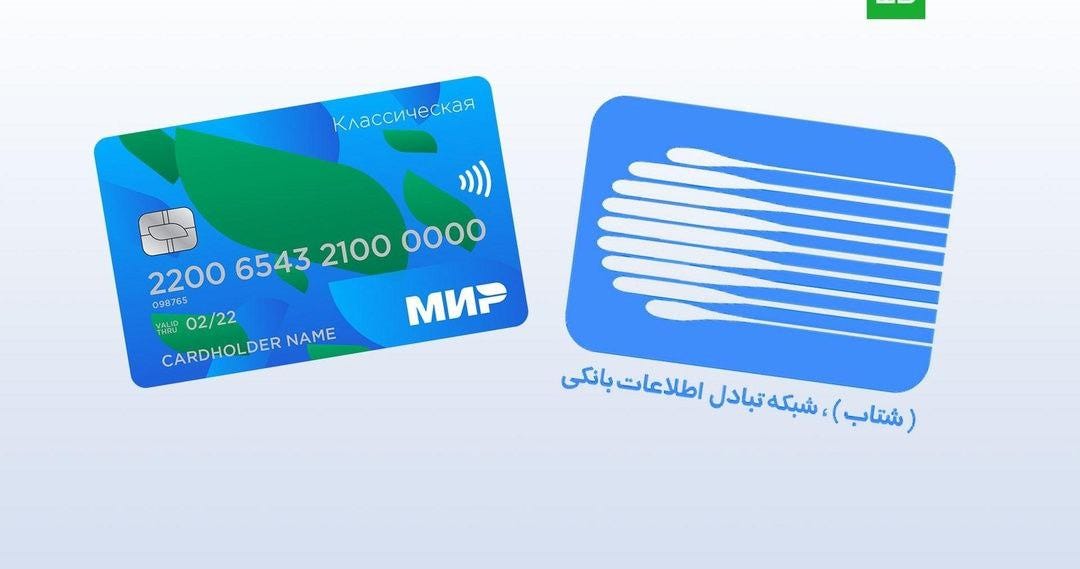Saudi new licence to an international bank highlights intensified financial competition with Iran
It is unclear how this will manifest in the region, but one thing is certain: the era of US financial unilateralism is over.
Saudi Arabia has issued its third license to an international bank in a bid to fulfil its financial hub aspirations. Citigroup is setting up their regional headquarters in Riyadh while Morgan Stanley recently received regulatory approval for theirs. These aspirations are backed by Vision 2030, an attempt by Saudi Arabia to follow in the footsteps of the United Arab Emirates (UAE) in positioning itself as a centre for both Western and Eastern capital. Various programmes, like the Qualified Foreign Investors (QFI) programme that allowed unprecedented access to the Saudi market to the famous Regional Headquarters programme that has proven especially attractive to Western investors with its generous tax exemptions have accelerated Saudi’s goal.
As these ambitions fall into a time of increased regional instability, maintaining a delicate balancing act may prove more difficult. However, officials appear to be exploiting the situation as an attractive selling point. Yasir Al-Rumayyan, governor of Saudi Arabia’s Public Investment Fund (PIF) characterised the Kingdom’s positioning as such: “In a world marked by uncertainty, countries that can mobilise capital and bridge gaps between east and west, north and south, are essential”. The recently announced issuance of $2 billion in Chinese sovereign bonds in Saudi Arabia appears to be a historic step in that direction, as it's the first Chinese sovereign bond issued and traded in the region and the first one China has issued since 2021.
Iran’s Alternative
Saudi’s vision can be seen as antithetical to that of Iran, who's priority includes breaking free from financial isolation through de-dollarisation efforts with BRICS. Following the Islamic Republic’s official start as a member of BRICS at the beginning of this year, they have recently announced their success in completely de-dollarising financial dealings with Russia. Iran has also de-dollarised a large part of its trade with China and is seeking to de-dollarise trade further in the region and the globe from within the BRICS. Iran has signed deals to trade in national currencies with Syria and Iraq and has championed the regional dedollarisatiaon agenda.
The End of US Financial Unilateralism
The dedollarisation wave is not limited to Iran. Over the last couple of years, the UAE has been taking steps to diversify the currencies it trades in: the 2023 agreement with India to trade in rupees and dirhams, 2024 first-ever UAE-China cross-border payment in digital dirhams, and Dubai Multi Commodities Centre (DMCC) report predicting an ‘Asian century’ for gold earlier this month point to decreased reliance on the US dollar. The Emirates recent BRICS membership and the blocs continued expansion is expected to fast-track a global financial shift.
Saudi Arabia and Iran are vying for regional financial hegemony, each presenting advantages and disadvantages in their proposed architectures. In the ever-changing geopolitical landscape, it remains uncertain which will prevail in the region. However, one thing is clear: the era of US financial unilateralism has come to an end.
Also read
Russia Links Payment Network with Iran, Cementing BRICS Financial Integration in a Push for Dedollarisation
Russia’s latest move, linking its Mir payment network with Iran’s Shetab payment system, not only enables Iranian tourists to withdraw roubles at Russian ATMs but, more importantly, cements the new, BRICS-aligned payment network independent of Western financial architecture. The linkage between Mir and Shetab serves as an essential building block for la…




